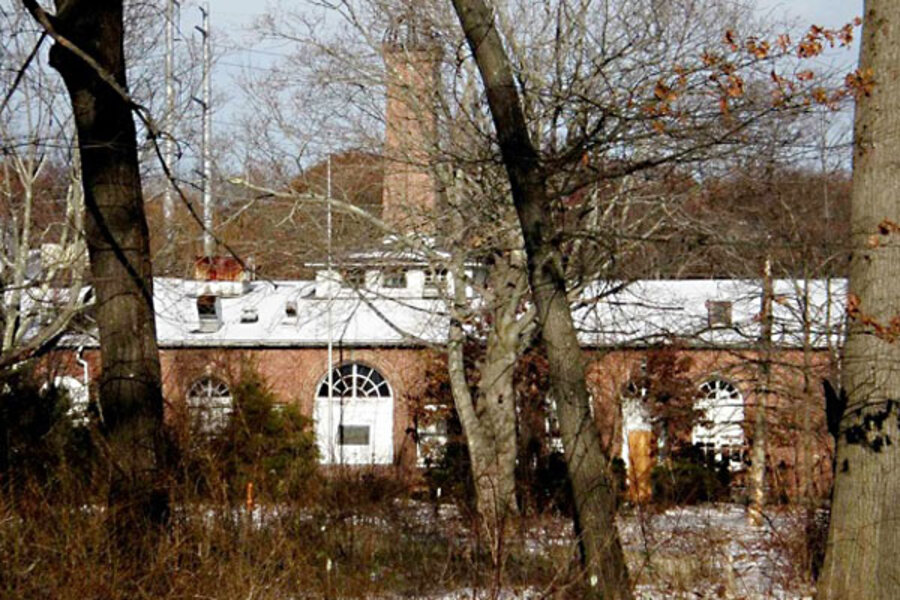Nikola Tesla gets his own museum, thanks to cartoonist
Loading...
Move over, Thomas Edison National Historical Park. A new destination for electricity enthusiasts is garnering a lot of buzz.
Thanks to the efforts of a Seattle-based cartoonist, an abandoned New York laboratory may find a second life as a museum dedicated to Nikola Tesla – an oft-overlooked contributor to modern electricity.
The Serbian-American scientist and inventor made important discoveries in the late 19th- and early 20th-centuries, making possible many of the the technologies we take for granted today. The alternating current electrical system, for example, is largely the result of Tesla’s work.
The inventor has found an unlikely advocate in Seattle cartoonist, Matthew Inman who first called attention to Tesla in a post on his website, theoatmeal.com, titled “Why Nikola Tesla was the greatest geek who ever lived.”
The quirky post posits that Tesla, not the more widely-known Thomas Edison, was the father of the electrical age.
When Inman discovered that the land surrounding the inventor’s Shoreham, N.Y., laboratory was up for sale, he threw his weight behind a non-profit organization’s attempt to buy the property and turn it into a museum.
Within a week of launching an online fundraising campaign through the website Indiegogo.com, Inman had reached his goal of $850,000. By the time his crowdfunded movement came to a close Saturday, he had collected more than $1.3 million from 33,000 donors in the U.S. and 108 countries, according to the Associated Press.
"I always refer to Tesla as an unsung hero, but with what's happened on the Internet over the past few months, I'm not sure that's appropriate anymore," Inman said in a statement to AP.
The state of New York has also chipped in with a $850,000 grant, and in the final days of the campaign a distant relative of Nikola Tesla named Dusan Stojanovic pledged to match any donations up to $33,333. The property is listed for sale at $1.6 million, but Inman says he hopes to negotiate the price down.
Museum or no museum, it’s hard to say if Americans will ever embrace Tesla as we have Edison—whose very name conjures images of light bulbs, phonographs and motion picture cameras.
But Inman’s crusade—and the digital manner in which he is pursuing it—is a fitting attempt to shine light on a man whose work paved the way for the device on which you’re reading this article.







